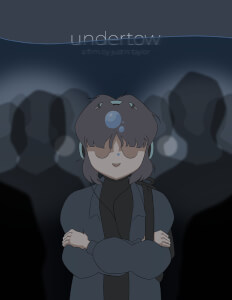
Margaret takes the train into the city, as she does every morning, plunging herself into a sea of commuters, memories, & anxiety.
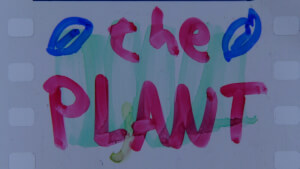
I used to work for The Man. Not anymore. This movie was made primarily by drawing and scratching onto 35mm movie film.
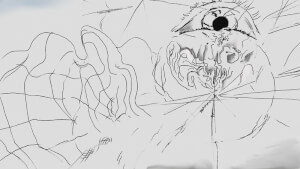
Eyes are magical spheres that make up dreams and retain memories. In our eyes, the visions of the within and of the beyond overlap. New worlds come to be when our gazes meet.
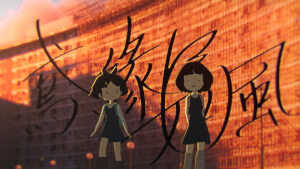
Fung, a girl who grew up in the old Hong Kong public housing, was having her last year in the primary school. The old estate was about to demolished and rebuilt, neighbours and friends were leaving gradually. Although Fung knew this would happen, she could not let go of the feeling of parting. One day, in this fading homeland, Fung made a special friend.

Uncle Duizi, a small clerk in a northeastern town, falls intothe fantastic world of Grandma’s disintegrating memories, a bathhouse owner who opposes the demolition of the bathhouse, and undergoes a fantastical adventure to find himself. Understanding that memory may fade, but love does not.
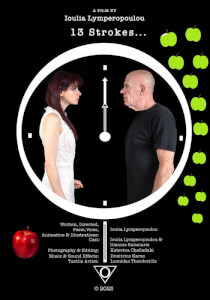
To write and create the short art experimental film “13 Strokes…” i was inspired by my short story “Thirteen Strokes” [Dark Traces (Collective), Publishing House Iliaxtida, Athens, September 2022], concentrating on the heart of the narrative, the uncured trauma that keeps on taking up space in the thoughts and ends up consuming vital energy. Sometimes by appearing in the dreams in different or repetitive forms, even in an evolving way, in time. Time was an essential element in my short film. Time that people spend on important relationships creating deep bonds, from which stems a thread that goes beyond our dimension, beyond death and inevitably determines our lives. Another important element, as a different facet of the conception of the idea of time, was the internalization of the experience and the subjectivity in which the experience is kept in the memory and maybe mentally revived or relived. The power of wishful thoughts, therefore, memories, unfulfilled expectations, desires and imagination can shape a metaphorical sphere, both real and fictitious, where time dimensions, past, present and the still unborn and yet constantly in formation future, can be channeled. Once immersed in that spectral world, a passage expressed by the introductive animation and the poem, a struggle, with oneself, with the memories, seen through a distorting mirror, and with the trauma, eventually starts. Seeking the truth in the depths is a battle of life and death with an uncertain result. Since not always the trauma is overcome. In this inner journey, still photos resemble the flashes that emerge like random files from our memory folders. They serve different functions in the way they are being utilized. They only seemingly unfold a linear narrative, while the clock strike in the vacuum gives the pace, as a reminder moreover of our mental and psychical capacity to overpass time and make it seem frozen, by opening, in this case, symbolically a metaphysical gate beyond which the variant dimensions intersect. Still Time, marked by the two dimensional design of the clock, there, comes in contrast with the characters that move in the sequences. While all the two dimensional designs give a hint of what has been real, of what is actually real or not, either literally in reality or symbolically in the perception of reality by the characters and its projection in their minds. More specifically, the number 13 is the border line between these two transcendent places. It also appears “in motion” when the still photos move in a clockwise cycle, like a clock pendulum or with a point of view from the bottom to the top, either to show the ambiguity of the situation, the uncertainty of the outcome, the culmination of the feelings or the fight to the last breath, always with the purpose to underline the escalating emotions of the characters in their interrelation. The emotions, as well as their position in the relationship, their awareness also as to the whole situation and the level of being able to control it or being controlled by the other, by their subconscious or by an eye above that surpasses them, technically are all enlightened mostly by the shooting angles and their blinking that includes both literally their existential state, being alive or dead at the moment, and their fear to disappear if not existing or not being saved in the memory of their loved ones. In terms of cinematography, concluding, the integration of method and content was expressed in several ways. With the different, for example, OTS (Over The Shoulder) angles that are used to give the illusion of movement and cyclicity here, when the characters look at each other face to face in a confused and disquiet state of mind, and simultaneously to imply the turbulent passage through another space and time. With the straight looks into the camera, also, that break the wall of distance and signify a meeting point of consciousness and subconscious, on the axe of a different time dimension, that underline a turning point in their awareness, very much like a penetrating gaze into their tortured and clouded minds, scenes-shots to which the viewers bare witness. The objective of these engaging perspectives, even by stimulating sentiments of unease and discomfort, is to make the experience more personal.

After being confronted with the consequences of working a job she's not passionate about, an Animator finally finds the courage to pursue what she loves.
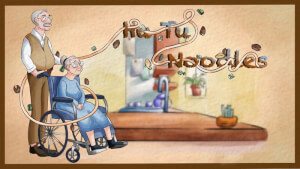
The animated film Hu Tu Noodles is a watercolour-style 2D animated short film for people of all ages to watch. The story of the film revolves around the daily life of an elderly couple. James returns home with his wife, Mary, who has Alzheimer's disease. Mary sees an advert in the paper for noodles and wants to eat them. James makes the same meal they used to make together when they were young - hu tu noodles. After Mary eats the noodles, the food awakens Mary's memory and reminds her of James.